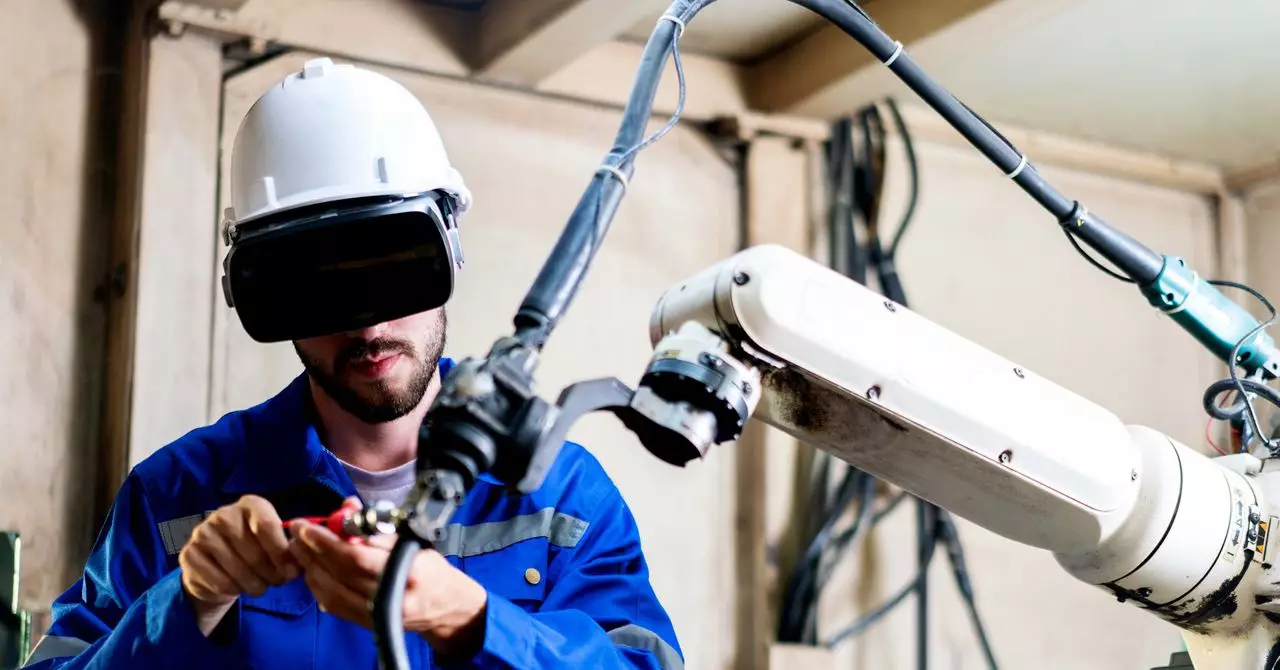In recent years, the conversation surrounding the metaverse has largely been dominated by visions of a virtual reality realm for social interaction, online gaming, and casual digital escapism. However, a more pragmatic application has surfaced in the manufacturing domain: the industrial metaverse. This evolution goes beyond simply placing avatars in digital meetings; it has the potential to fundamentally redesign how manufacturing companies operate, optimizing efficiency and minimizing costs.
Traditionally, manufacturing companies faced considerable logistical challenges when introducing new vehicle models or production lines. Engineers often had to physically test the compatibility of a vehicle chassis with the factory setup, an arduous process that included flying teams out to inspect and, if necessary, make on-the-fly adjustments to the setup. As admirable as this hands-on approach was, it consumed both time and resources, rendering it an outdated method in the tech-savvy modern world.
Digital Twins: A Game-Changer in Manufacturing
The intersection of physical and virtual realms in manufacturing is primarily facilitated by the development of “digital twins”—virtual representations of physical processes, systems, or locations. This innovative technology allows manufacturers to simulate various scenarios using intricate 3D models, providing accurate insights into potential challenges and mishaps before any money is spent on actual production.
Imagine a car manufacturer like BMW employing this technology to create a digital twin of its factories. By generating an exact replica filled with 3D models of cars and assembly equipment, the company can visualize the entire production process, identifying any potential bottlenecks or structural issues before breaking ground. This shift towards virtual simulations has proven to be a practical solution, saving both time and money by averting costly mistakes that could arise during the implementation of physical installations.
The Players in the Industrial Metaverse
Leading the charge in this digital transformation is Nvidia, the graphics giant that has pivoted to leverage its expertise in virtual simulations, particularly through its Omniverse platform. With capabilities to create intricate environments and simulate processes, Omniverse caters to various sectors, from manufacturing to architecture. Rev Lebaredian, Nvidia’s vice president of Omniverse and simulation technology, emphasizes the utility of being able to represent the real world within a simulation, especially for systems that incorporate autonomous technologies.
Many renowned companies have embraced the industrial metaverse. Lowe’s has utilized digital twins to pilot new store layouts, ensuring the efficiency of their retail spaces before implementing changes in real life. Zaha Hadid Architects leverages this technology for virtual project designs, promoting remote collaboration among their teams. Even Amazon employs the industrial metaverse concept to simulate warehousing environments, training robots digitally prior to real-world deployment.
BMW exemplifies how a company can integrate and execute this technological shift seamlessly. With their most recent factory in Hungary, BMW utilized Omniverse to create an extensive virtual model that encapsulates not only the cars but also the machinery and personnel involved in the production process. Such a comprehensive approach fosters an immersive understanding of the operational landscape, enabling the identification and rectification of potential inefficiencies prior to any physical alterations.
Bridging Reality and Digital: A Futuristic Perspective
Varvn Aryacetas from Deloitte describes this innovative landscape as “spatial computing”—a pivotal blend of physical and digital that facilitates more efficient operational frameworks. This term encapsulates the essence of how manufacturers can harness advanced technologies such as augmented reality and simulations. It’s a transformative avenue for training, developing, and refining products, allowing businesses to operate more effectively within the complexities of a modern economy.
While the consumer-driven version of the metaverse might still be uncertain and scattered, the industrial variant stands poised for rapid expansion. Experts predict a staggering valuation for this sector, estimating its worth could approach $100 billion globally by the year 2030. As organizations increasingly recognize the value of real-time simulations combined with extensive data analytics, investment in the industrial metaverse will likely accelerate, driving innovations that will shape how products are designed, manufactured, and delivered.
While the modern manufacturing landscape is saddled with its share of challenges, the rise of the industrial metaverse presents an unmatched opportunity for companies willing to embrace change and innovation.

